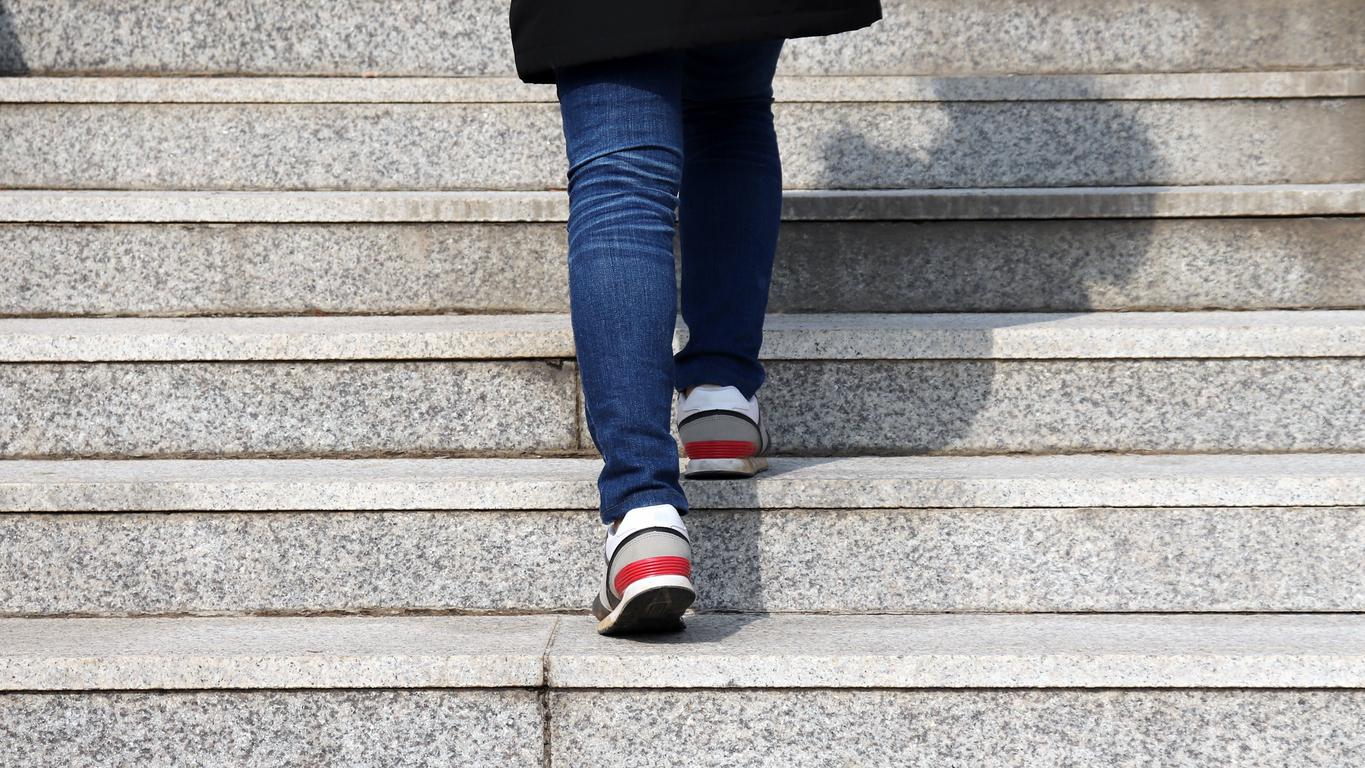Spending more time sitting, rather than standing, during work hours is associated with better diastolic blood pressure.

- Higher working time while standing is linked to higher daytime diastolic blood pressure.
- However, sedentary behavior during work hours is associated with lower nighttime diastolic blood pressure.
- “It’s a good idea to take a break during the workday, either by walking every half hour or by sitting for parts of the day,” according to the researchers.
Previous work has shown that standing at work reduces stress, musculoskeletal problems, improves productivity and concentration. However, another research reported that staying in this position was not beneficial for cardiovascular health, as it would even increase the risks of circulation-related disorders, such as varicose veins and deep vein thrombosis. Recently, researchers from the University of Turku (Finland) also revealed that standing during work hours had a negative impact on blood pressure.
24-hour blood pressure, a “better” indicator
To reach this conclusion, they conducted a study in which they wanted to evaluate the associations between domain-specific activity behavior and 24-hour blood pressure. In detail, the team recruited 156 workers, with an average age of 62 years, whose BMI was 26.2 kg/m2. During the analysis, it took into account gender, work mode and taking antihypertensive medications. Physical activity of municipal employees approaching retirement age was measured using accelerometers worn on the thigh during working hours, leisure time and days off.
Additionally, participants used a portable blood pressure monitor that automatically measured their systolic and diastolic blood pressure every 30 minutes during the day and night. “Rather than a single measurement, 24-hour blood pressure is a better indication of how blood pressure strains the heart and blood vessels throughout the day and night. If blood pressure is slightly elevated throughout the day and does not drop enough even at night, the blood vessels begin to stiffen and the heart has to work harder to cope with the increased pressure. Over the years, this can lead to the development of cardiovascular disease. “, explained Jooa Norhawho led the study.
Lower nighttime diastolic blood pressure in sedentary participants
Standing at work can be harmful to the heart and circulatory system. In particular, staying in this position for a long time can increase blood pressure, as the body stimulates circulation to the lower extremities by constricting blood vessels and increasing the pumping power of the heart. According to the results, published in the journal Medicine & Science in Sports & Exercisehigher working time in a standing position is associated with higher daytime diastolic blood pressure. In contrast, sedentary behavior during work hours is linked to lower nighttime diastolic blood pressure.
“It’s a good idea to take a break during the workday, either by walking every half hour or by sitting for parts of the day. It’s good to remember that being physically active at work is not enough “Practicing a variety of physical exercises during leisure time alone helps maintain physical fitness, making work-related tension more manageable.” concluded Jooa Norha.

















